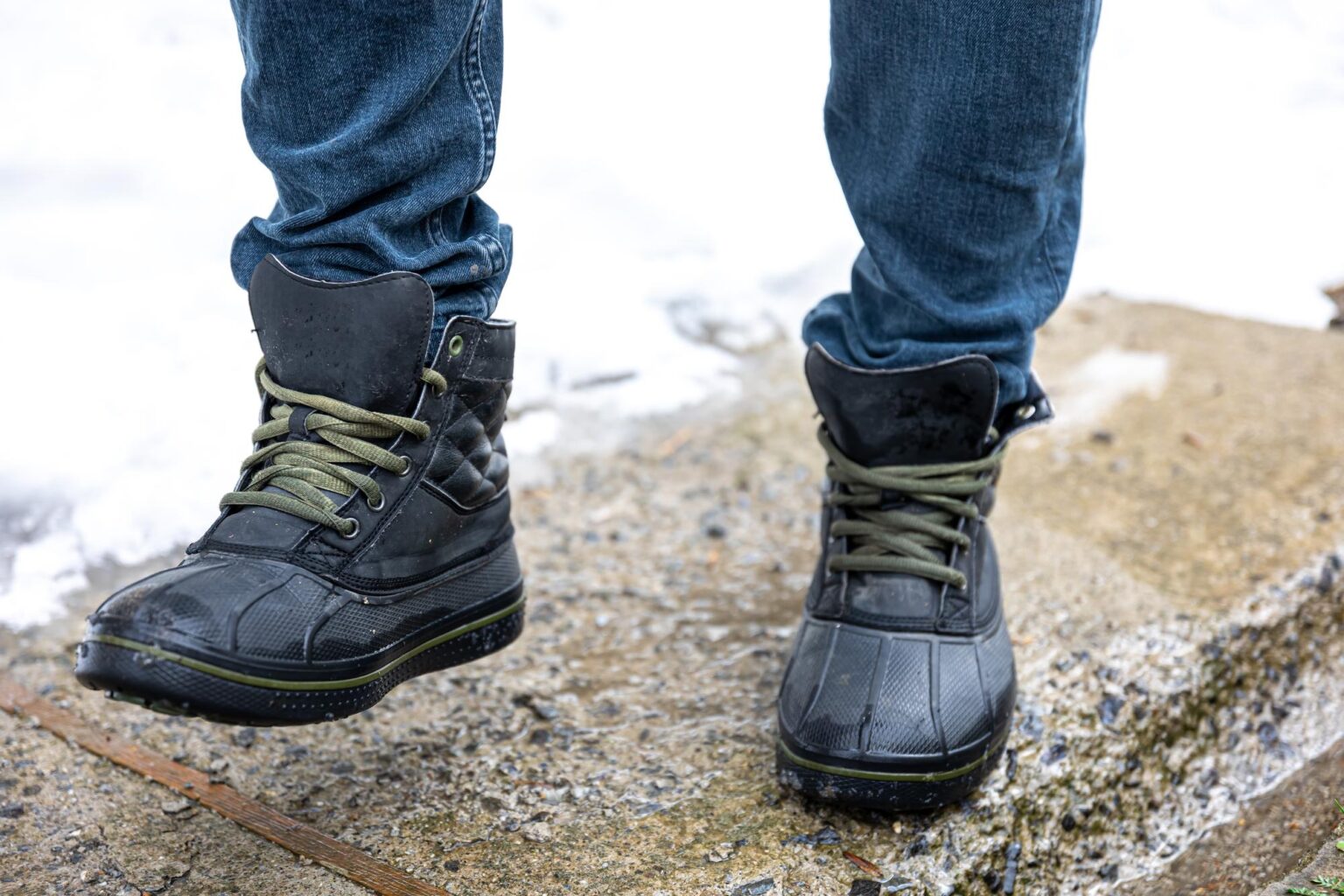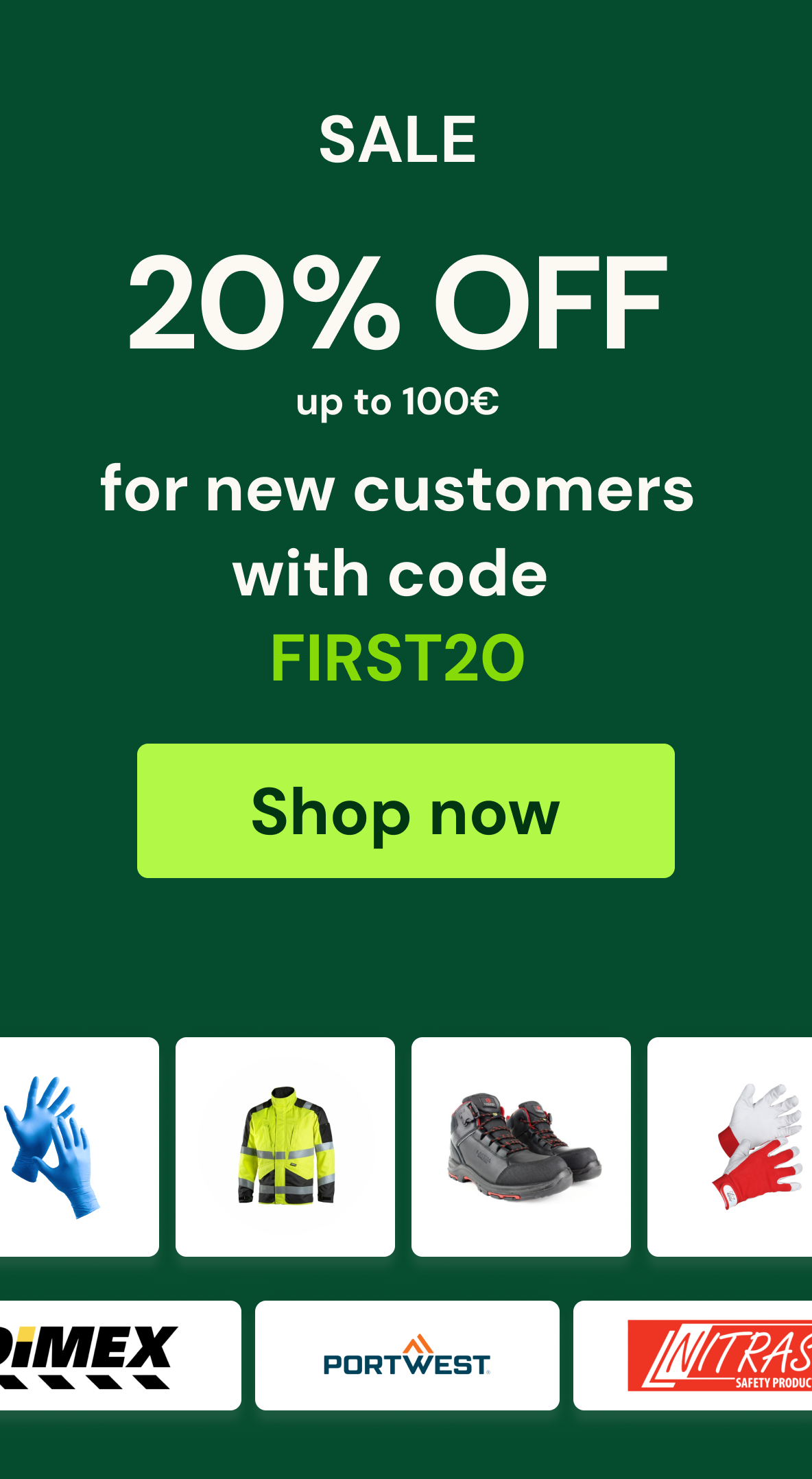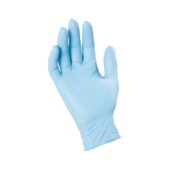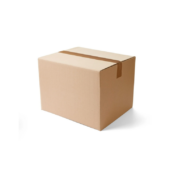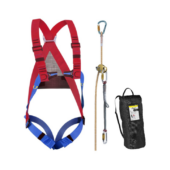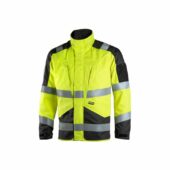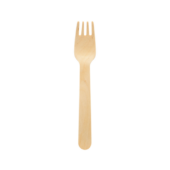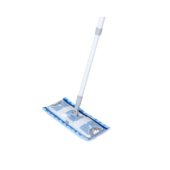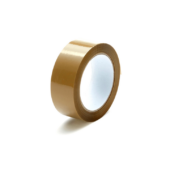Struggling to find the right winter safety shoes? You’re not alone—the wrong choice may not provide optimal comfort and safety in cold environments.
This guide promises to equip you with all the essential knowledge about insulated work boots, including their features, sizing, and suitability for various industries like construction, manufacturing, and agriculture.
With our expertise in workplace safety gear, you’ll feel confident making an informed purchase. Plus, we’ll address your next challenge: how to pair your new boots with the best winter workwear for ultimate protection and comfort.
Key Features to Look For
When shopping for winter safety shoes, prioritize the following features:
- Thermal Insulation:
- Look for materials like Thinsulate or fleece lining to keep your feet warm.
- Adequate insulation is vital for outdoor work in freezing temperatures.
- Slip-Resistant Soles:
- Rubber or polyurethane soles provide superior grip on icy or wet surfaces.
- Ensure the shoes are certified for anti-slip standards.
- Toe Protection:
- Steel or composite toe caps protect against heavy falling objects.
- Composite toes are lighter and better for colder environments.
- Waterproofing:
- Waterproof membranes prevent moisture from seeping in, keeping feet dry.
- This is essential for working in snow or wet conditions.
- Comfort and Fit:
- Opt for ergonomic designs with padded collars and insoles.
- Adjustable laces or straps ensure a snug fit.
Sizing and Fit Guide
Choosing the right size is as important as selecting the right features. Properly fitting shoes enhance comfort and prevent potential issues. Here’s a simple sizing guide:
| EU Size | Foot Length (cm) | Recommended Use |
| 38 | 24.0 | General tasks and light work |
| 42 | 26.5 | Manufacturing, logistics |
| 46 | 28.5 | Construction, heavy-duty work |
Refer to our detailed sizing guide for winter safety shoes here.
Winter Safety Shoes for Different Industries
Construction
For construction workers, durability and protection are paramount. Look for:
- Steel-toe or composite-toe caps.
- Anti-puncture midsoles for nail protection.
- Shop industry-specific options here.
Manufacturing
In manufacturing, flexibility and comfort matter most:
- Lightweight materials for prolonged wear.
- Slip-resistant soles for oily surfaces.
- Explore recommendations here.
Warehousing and Logistics
Warehousing demands footwear that supports constant movement:
- Cushioned insoles to reduce fatigue.
- Breathable materials to prevent overheating indoors.
Agriculture
Farmers need waterproof and mud-resistant shoes:
- High-cut designs to keep out debris.
- Durable soles for uneven terrain.
Comparing Winter Safety Shoes and Regular Winter Boots
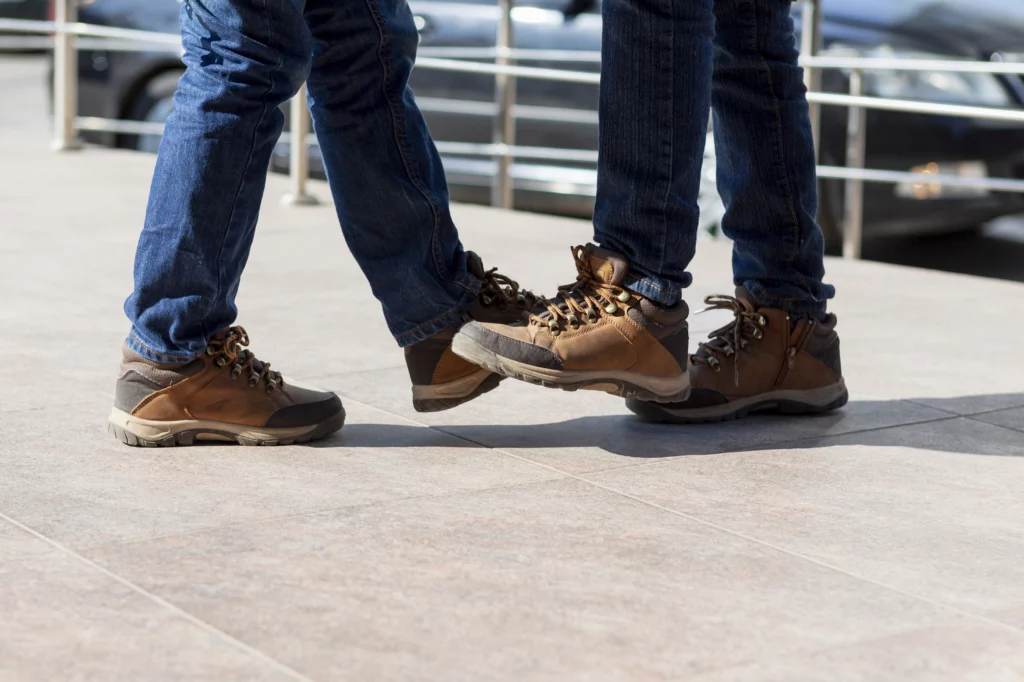
Winter safety shoes differ significantly from regular winter boots:
| Feature | Winter Safety Shoes | Regular Winter Boots |
| Toe Protection | Steel/composite toe caps | None |
| Slip Resistance | Certified anti-slip soles | Basic tread design |
| Insulation | High-grade thermal lining | Standard insulation |
| Industry Use | Designed for specific work environments | General cold-weather wear |
Learn more about the differences here.
Top European Suppliers
Here are some trusted suppliers of winter safety shoes in Europe:
- Dimex: Known for durable and functional designs.
- Helly Hansen: Offers premium insulated boots.
- Jokasafe: Specializes in waterproof and slip-resistant footwear.
- Nitras: Provides lightweight yet protective options.
- Portwest: Affordable, high-quality solutions for various industries.
Related Winter Workwear
For complete winter safety, pair your shoes with other protective gear:
- Winter Work Gloves: Essential for handling tools and equipment.
- Winter Work Jackets: Keep your upper body warm and mobile. Read our guide here.
- Winter Work Pants: Insulated pants for extreme cold. Check options here.
- Winter Overalls: All-in-one protection against cold. Learn more here.
Common Mistakes to Avoid
When choosing winter safety shoes, it’s easy to overlook crucial details. Here are some common mistakes and how to avoid them:
- Ignoring Industry Certifications:
- Ensuring this consideration helps you select footwear that meets your safety needs.
- Failing to consider this may result in footwear that doesn’t fully meet your safety needs.t don’t provide adequate protection.
- Overlooking Fit and Comfort:
- Don’t buy shoes without confirming the correct size. Use our sizing guide for accurate measurements.
- Properly fitting shoes enhance comfort and reduce the risk of blisters or even injuries during prolonged use.
- Compromising on Quality for Cost:
- Select boots tailored to your specific tasks, such as non-slip soles for icy conditions.
- Invest in trusted brands like Dimex or Helly Hansen for durability and reliability.
- Neglecting Specific Work Conditions:
- Avoid choosing generic boots for specialized tasks (e.g., non-slip soles for icy conditions).
- Consider the demands of your environment, such as extreme cold or muddy terrain.
- Skipping Customer Reviews:
- Reviews provide valuable insights into durability, comfort, and real-world performance.
- Take time to research feedback before making a purchase.
Avoiding these mistakes ensures your safety, comfort, and satisfaction with your winter safety shoes.
Buyer Checklist
Before making a purchase, use this checklist to ensure you’re choosing the right winter safety shoes:
- Environment: Will you be working outdoors, indoors, or in mixed conditions?
- Features: Do you need specific features like toe protection, waterproofing, or slip resistance?
- Industry Standards: Are the shoes certified for your industry’s safety requirements (e.g., EN ISO standards)?
- Sizing: Have you measured your foot length in centimeters to find the correct EU size?
- Budget: Does the shoe’s price align with your budget while meeting your needs?
- Supplier: Are you purchasing from a trusted brand like Dimex, Helly Hansen, or Portwest?
- Reviews: Have you checked reviews or testimonials for insights on durability and comfort?
- Compatibility: Do the shoes pair well with your existing winter workwear like gloves or jackets?
Keep this checklist handy to streamline your buying process and ensure a smart, informed choice.
Final Tips for Buying Winter Safety Shoes
Finding the perfect pair of winter safety shoes doesn’t have to be overwhelming. By understanding your specific needs, prioritizing certified products, and ensuring the right fit, you’re already on the path to making a confident decision.
Remember, safety and comfort go hand in hand, especially in demanding winter conditions.
We hope this guide has helped you navigate the essential factors for choosing the best winter safety shoes, whether you work in construction, manufacturing, or agriculture.
At Droppe, we’re here to support you with a curated range of winter safety shoes from trusted brands like Dimex, Helly Hansen, and Portwest—all available here at Droppe.
Have more questions or need advice? Don’t hesitate to reach out to our team—we’re always here to ensure your safety and confidence in every purchase.
Once you’ve found the perfect pair, explore complementary winter workwear like gloves and jackets to complete your cold-weather protection.
– The Droppe Team
Frequently Asked Questions
Typically 1 to 3 years, depending on usage and maintenance.
Yes, many can be resoled. Check with the manufacturer or a cobbler.
Clean, dry, and store in a cool, dry place. Apply conditioning or waterproofing treatments as needed.
Yes, if they have ergonomic designs, cushioned insoles, and breathable materials.
Yes, if they offer insulation, slip resistance, and moisture-wicking features.

